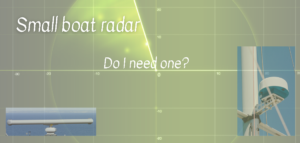
As a boat enthusiast, you know the importance of safe and efficient navigation on the open water. It is crucial to be aware of your surroundings, especially when sailing in difficult conditions such as fog, rain, or darkness. One tool that can help you navigate in these situations is radar. In this article, we will explore the importance of small boat radar at sea and how it can make your boating experience safer and more enjoyable.
Table of Contents
What is Radar?
Radar stands for Radio Detection And Ranging. It is an electronic system that uses radio waves to detect the position, speed, and distance of objects. The radar system consists of a transmitter, a receiver, and an antenna that sends and receives radio waves. When the radio waves hit an object, they bounce back to the antenna and are detected by the receiver. This information is then processed and displayed on a screen, allowing the user to identify objects and their location.
How Radar Works
The basic principle behind radar is the reflection of radio waves off an object. The radar transmitter sends out a pulse of radio waves, which travels through the air until it hits an object. When the radio waves hit the object, some of the waves are reflected back to the radar antenna. The radar receiver detects these reflected waves and uses the time it took for the wave to travel to and from the object to calculate the distance to the object.
By transmitting multiple pulses of radio waves and detecting the reflected waves, the radar system can determine the position, speed, and direction of movement of objects in its range. This information is displayed on a screen as a series of blips, allowing the user to identify objects and their location.
Types of Radar
There are several types of radar available for use on sailboats, including:
- Open array radar – This type of radar uses a large, open array antenna that is mounted on a pedestal. It provides a wide range of coverage and high-resolution images.
- Dome radar – This type of radar uses a small, dome-shaped antenna that is mounted on the mast. It is compact and lightweight, making it suitable for smaller sailboats.
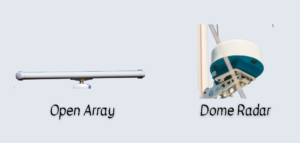
Choosing a Radar for your small boat.
Choosing the correct radar for your boat depends on several factors, including the size of your boat, the type of sailing you plan to do, and your budget. Here are some considerations to help you make the right choice:
- Size: The size of your boat is an essential factor in determining the size of the radar you need. For example, if you have a smaller sailboat, a compact radar with a shorter range may be sufficient. However, if you have a larger boat, you may need a more powerful radar with a longer range to ensure that you can see potential hazards at a greater distance.
- Type of sailing: The type of sailing you plan to do is also a crucial factor. If you sail mostly in calm waters or fair weather conditions, you may not need a radar with a high range. However, if you sail in areas with a lot of fog, heavy rain, or rough seas, you will need a more powerful radar to help you navigate safely.
- Budget: Radar prices can vary significantly, so it’s important to consider your budget when choosing the right radar for your sailboat. You can find basic radars for a few hundred dollars, while more advanced models can cost several thousand.
- Features: Different radars come with various features, such as automatic target tracking, pulse compression, and dual-range capability. Consider the features you need and those that would be nice to have before making your final decision.
- Brand: There are many radar brands on the market, and some are more reputable than others. Research the brands you are considering and read reviews from other sailors to determine which ones are the most reliable.
When choosing a radar, it’s also important to consider the features that come with it. Different radars have different features, such as automatic target tracking, pulse compression, and dual-range capability. These features can be helpful in different situations, so it’s worth considering what you need and what would be nice to have.
Lastly, it’s essential to research the brands you are considering and read reviews from other sailors to determine which ones are the most reliable. With all of these factors in mind, you can make an informed decision and choose the right radar for your sailboat, one that fits your needs, your budget, and your sailing preferences.
Suggested Manufacturers
Installing Radar on a Sailboat
Installing radar on a sailboat can be a complex process, requiring careful planning and installation. The first step is to choose the type of radar that best suits your needs and budget. Open array radar requires a pedestal mount, which can be installed on the deck or on a specialized mast. Dome radar can be installed on the mast or on a pole mount.
Once you have selected the radar type and mounting location, you will need to install the antenna and connect it to the radar display unit. This requires running cables from the antenna to the display unit, which can be a challenging task on a sailboat. You may need to run cables through the mast or through the deck and bulkheads.
It is important to ensure that the radar system is installed correctly and that all connections are secure. If you are unsure about the installation process, it is recommended to seek the assistance of a professional marine electronics installer.
Using Radar on a Sailboat
Using radar on a sailboat requires practice and experience. It is important to familiarize yourself with the display unit and learn how to interpret the information it provides. Radar can be used to identify the location and distance of other vessels, land masses, and navigational hazards such as rocks and buoys.
When using radar, it is important to adjust the settings to suit the conditions. This includes adjusting the range, gain, and sea clutter settings to optimize the performance of the system. It is also important to understand the limitations of radar, such as its inability to detect small objects, and to supplement it with visual and audible alerts.
Maintaining Radar
Maintaining your radar system is crucial to ensure its continued performance and reliability. This includes regular cleaning of the antenna and display unit, as well as checking and tightening all connections. It is also important to perform regular system checks, such as testing the operation of the transmitter and receiver, and checking for any signs of corrosion or damage.
It is recommended to follow the manufacturer’s guidelines for maintenance and to have your radar system serviced by a professional marine electronics technician on a regular basis. This can help to identify and address any issues before they become more serious and costly.
Pro’s & Cons
Pro’s
- Modern units use less power.
- Integrate seamlessly with same brand Chartplotters.
- Often detects things you would be surprised at.
- Really useful at seeing bad weather ahead.
Cons
- Older Units can be power hungry
- Initial Cost
- Doesnt always integrate with ‘other’ brands
- Reading what you are seeing can be a steep learning curve.
- Can be awkward to install.
FAQ
-
Can radar detect small objects such as buoys and floating debris?
Radar can detect objects of a certain size, but it may not be able to detect small objects such as buoys and floating debris. It is important to supplement radar with visual and audible alerts, and to maintain a vigilant watch while sailing.
-
Can radar be used in all weather conditions?
Radar can be used in most weather conditions, including fog, rain, and darkness. However, it may not be effective in heavy rain or snow, as the radar waves may be absorbed or scattered by the precipitation.
-
Do I need a license to operate radar on a sailboat?
In most countries, a license is not required to operate radar on a sailboat. However, it is important to familiarize yourself with the local regulations and requirements, and to ensure that your radar system meets any applicable safety standards.
Conclusion
Overall, radar is an invaluable tool for sailboat enthusiasts, providing increased safety, efficiency, and enjoyment while navigating. By investing in the right equipment and gaining the necessary knowledge and experience, sailors can enjoy the many benefits that radar technology has to offer.
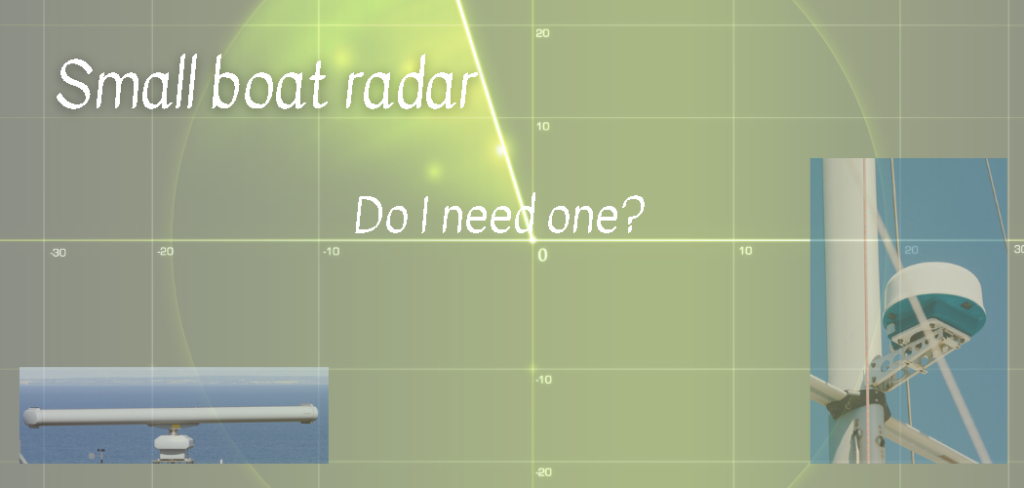

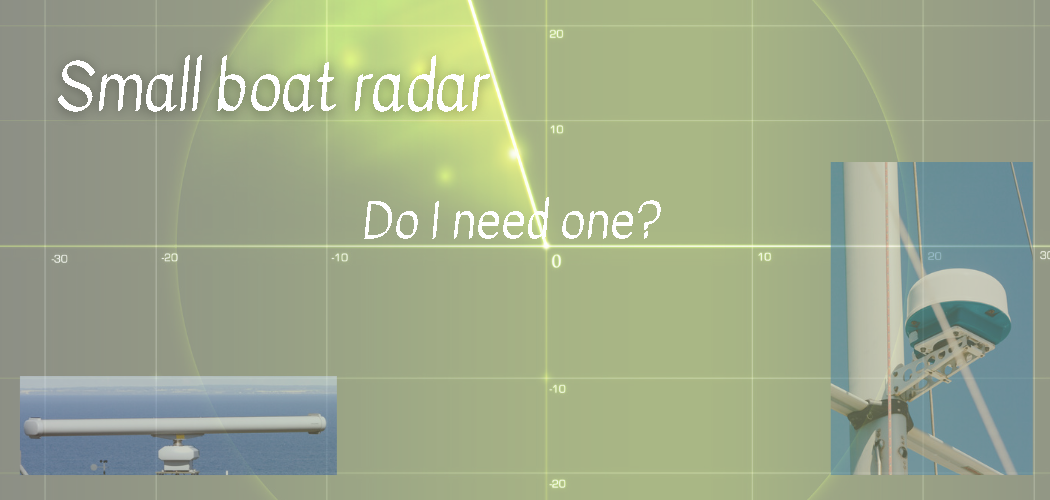


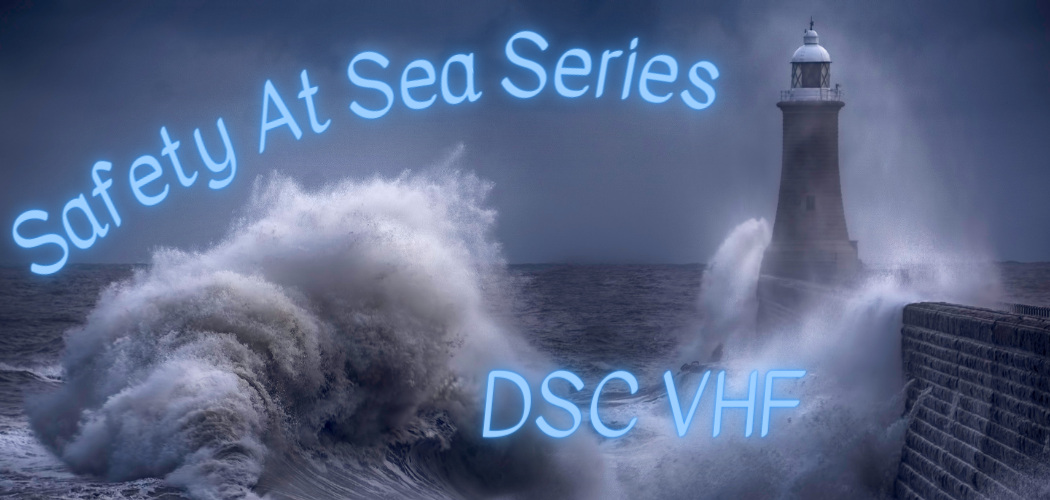
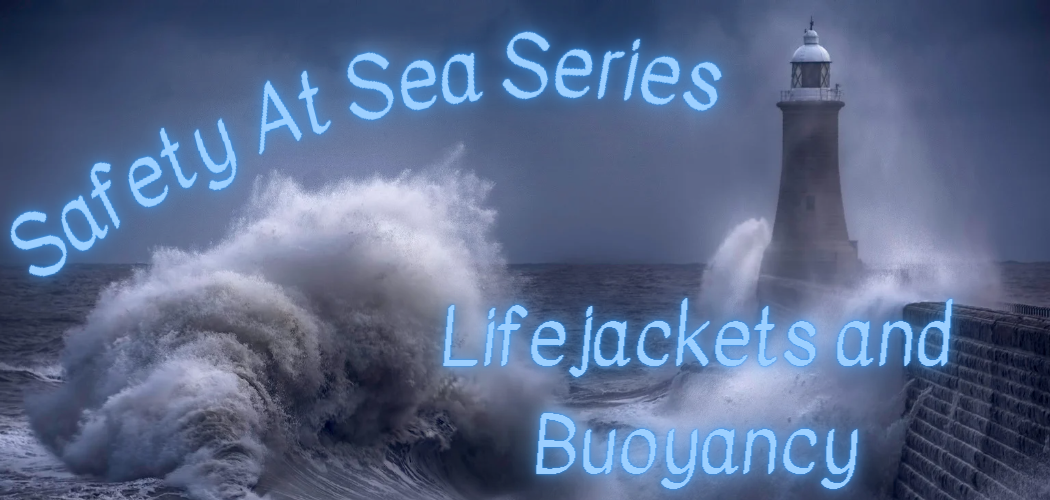
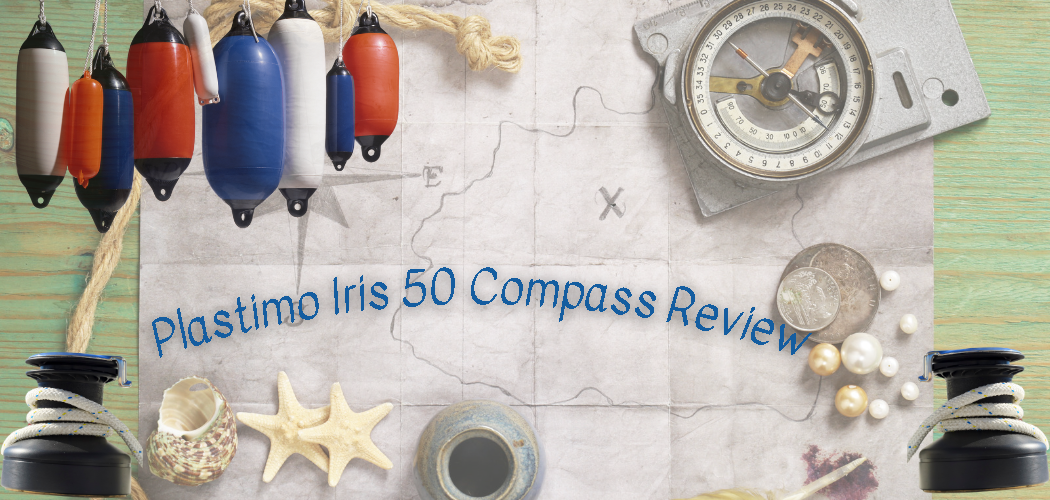
Leave a Reply